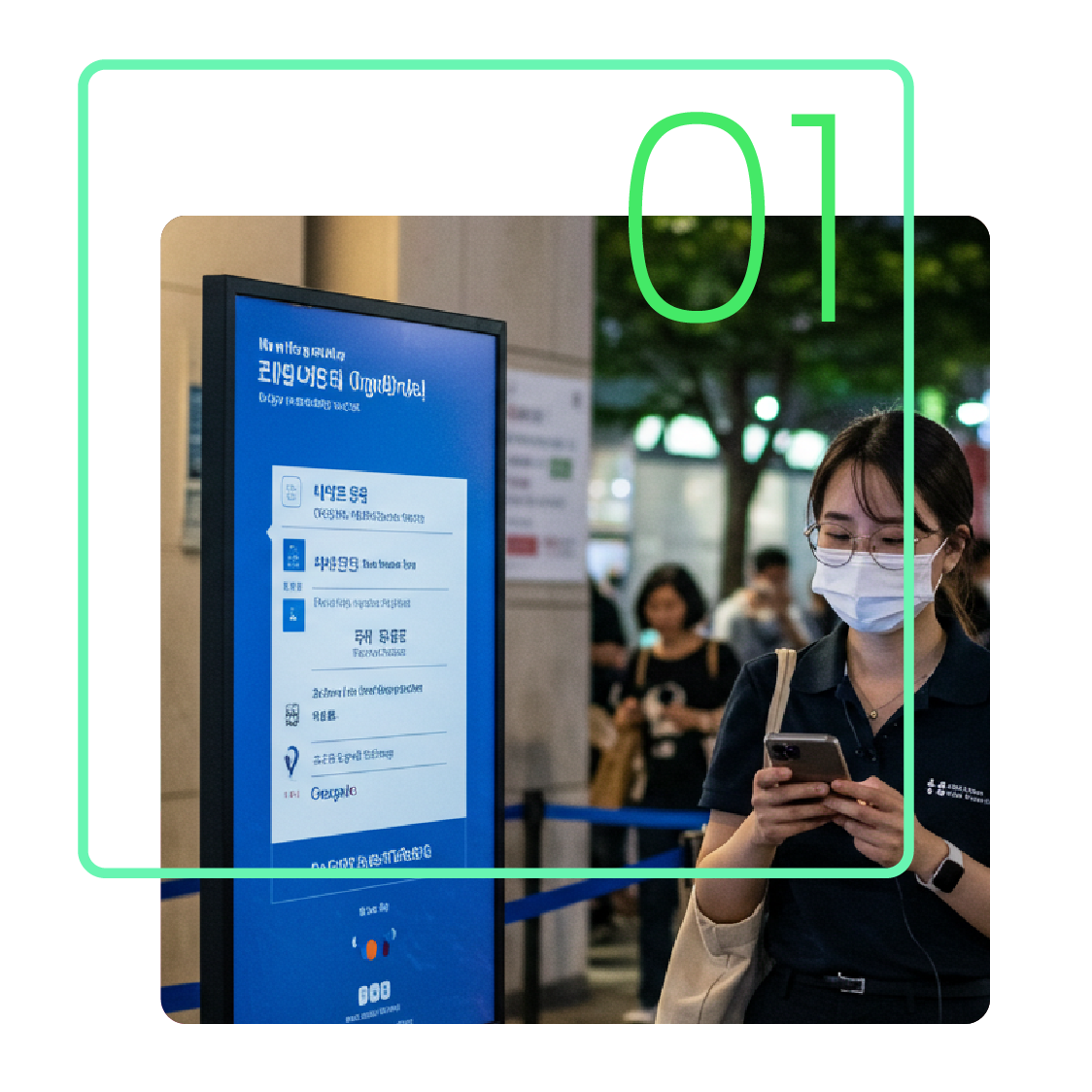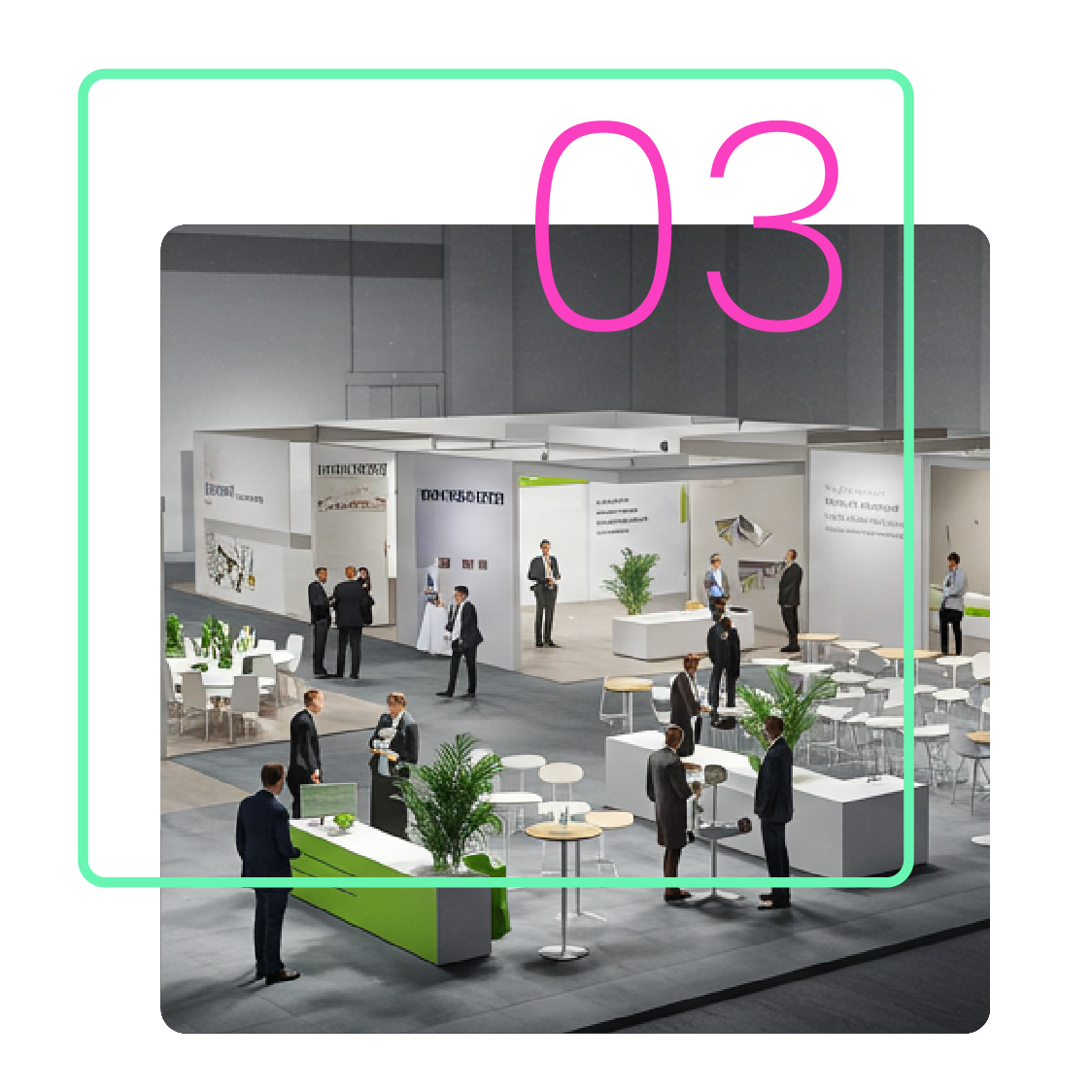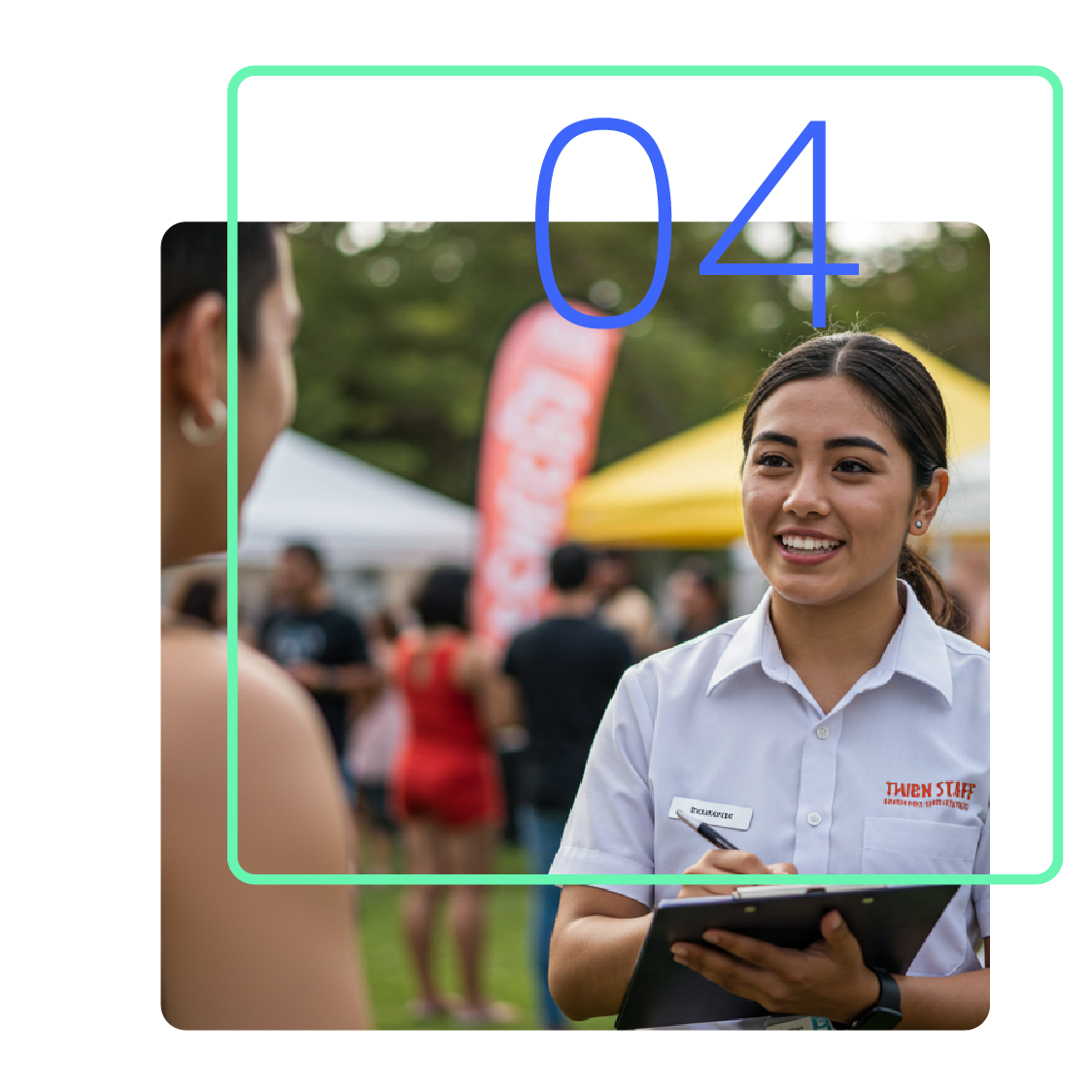Have you ever felt on-site(offline) event caught off guard?
No matter how well you prepare, unexpected situations always arise.
This contents especially recommended for:
> Unsure where to start with event planning
> Want to prepare for on-site surprises
> Need a simple guide for handling complaints
From pop-ups to outdoor exhibitions, offline events come with surprises, and so do CS challenges. Based on insights from Korea’s trend site Careet, here are key checkpoints to help you plan smarter this summer—and beyond.

Design tech for humans,
not the other way around
Tech Isn’t Always the Answer: Rethink
Your Queue and Reservation Strategy
In Korea, digital platforms like ‘Naver Waiting’ and ‘Table-ing’ are widely used for queues and reservations. But for international guests or families with young children, these systems can be more of a barrier than a help. That’s why top Korean event producers are shifting their approach; adopting Google logins, bilingual signage, and on-site staff to make events more accessible and inclusive for everyone.
Weather Empathy
Is Event Empathy
Weather Isn’t Just Forecast,
It’s Experience Design
Summers in Korea are so much hot and humid, and heat-related incidents are not uncommon at large-scale outdoor events. Korean organizers mitigate this by providing shaded rest zones, ice towels, and cold water. They also design waiting zones with enough personal space to avoid overheating from crowd density.


Flow and Layout Are
Emotional Architecture
Experience Design Through
Flow: Booth Positioning Matters
In Korea, organizers strategically place popular booths (like giveaways or photo zones) near entrances to capture early engagement. Meanwhile, informational booths and merchandise counters are placed deeper inside to encourage foot traffic and reduce congestion.
Every Staff Interaction
Reflects the Brand
Staff Etiquette Shapes
Brand Perception
Korean attendees are highly sensitive to tone, expression, and politeness. Even as customers leave the queue or exit early, staff are trained to offer kind closing remarks and suggest follow-up engagement via social channels.
